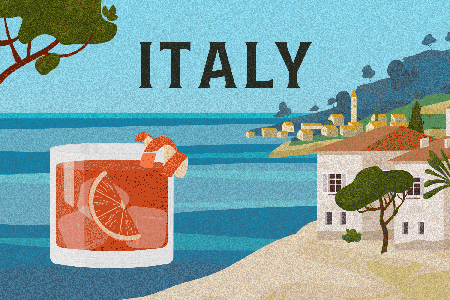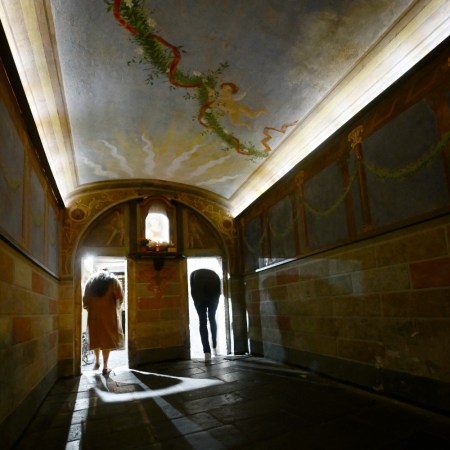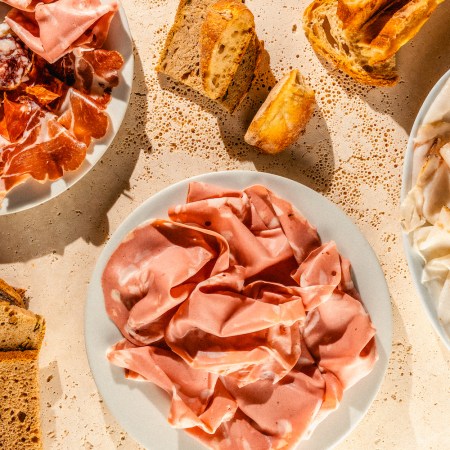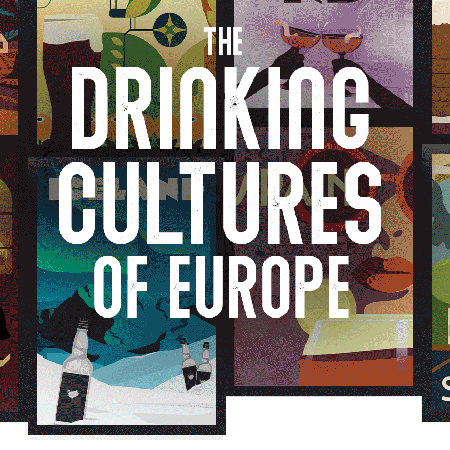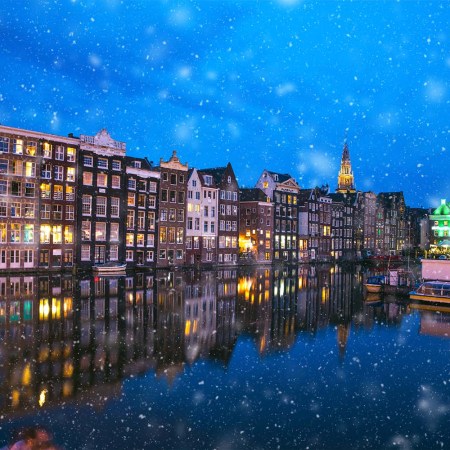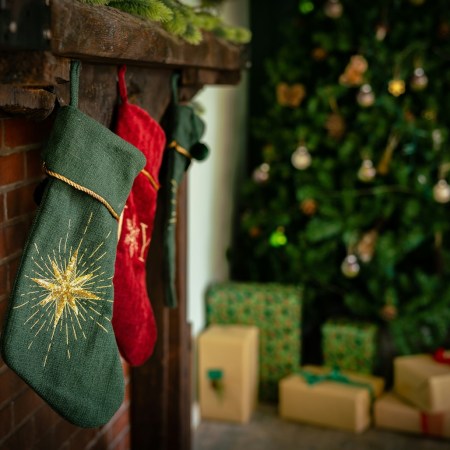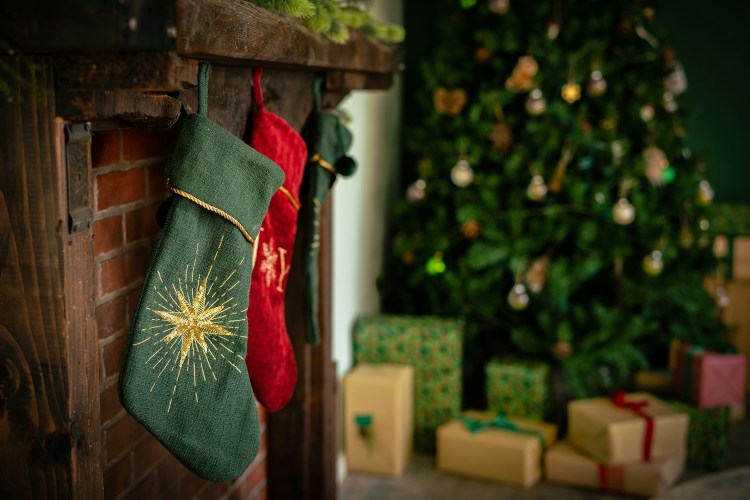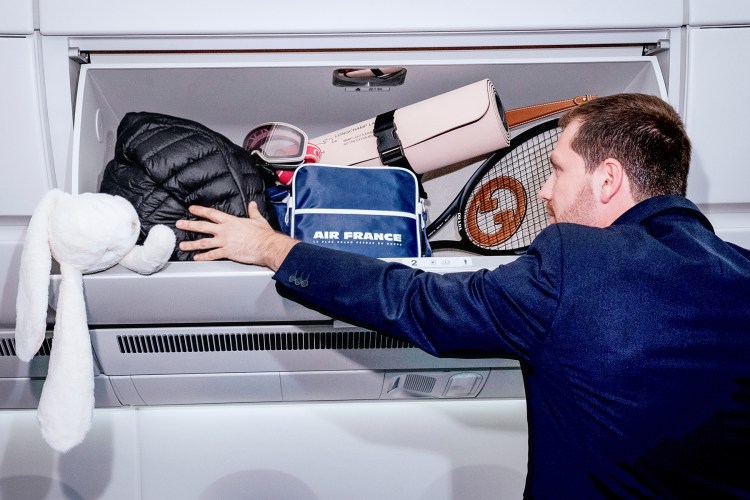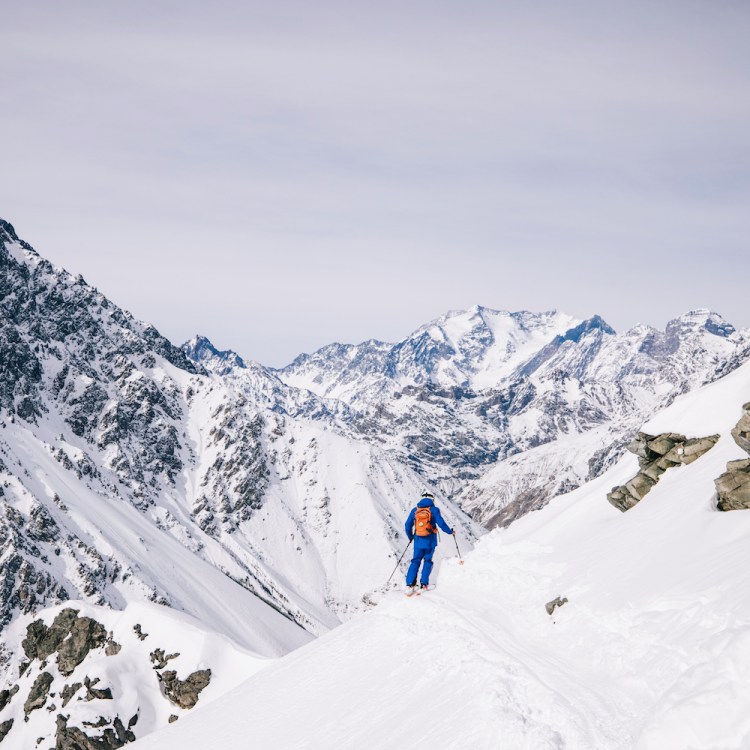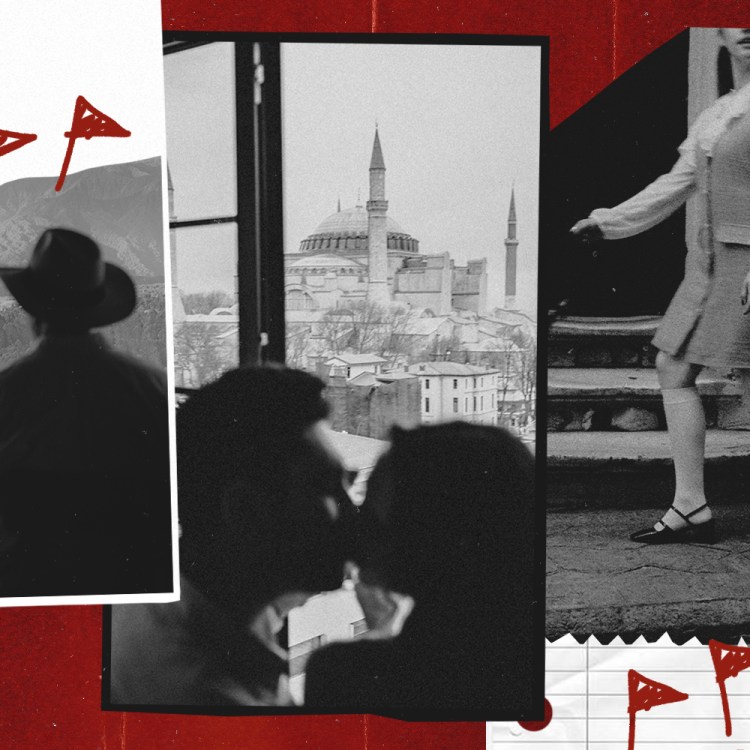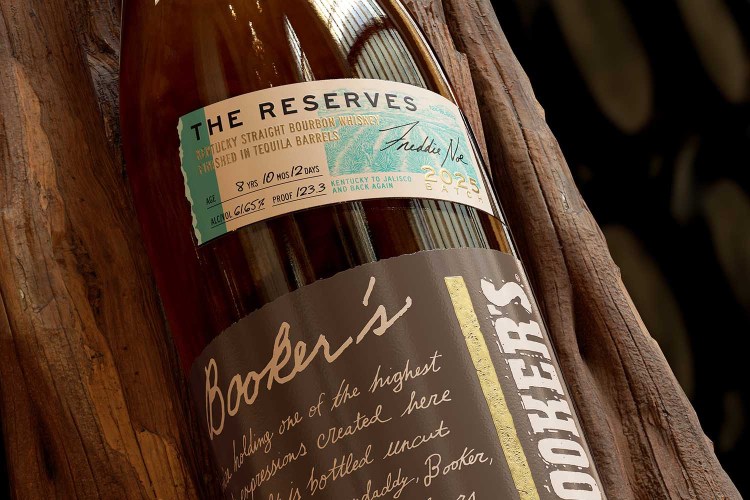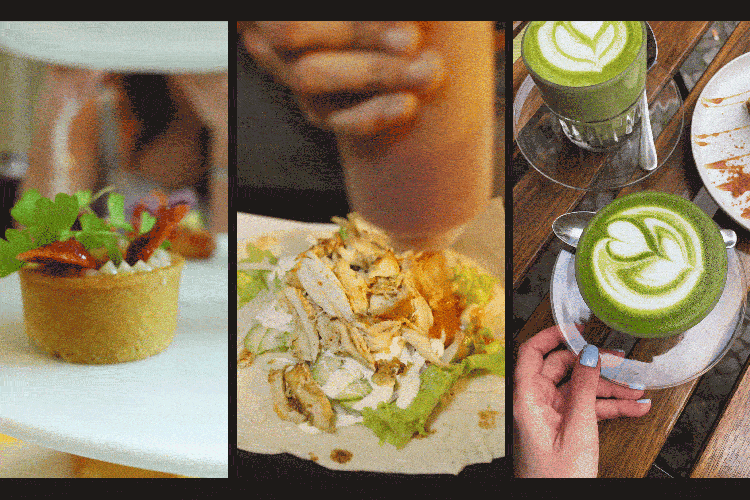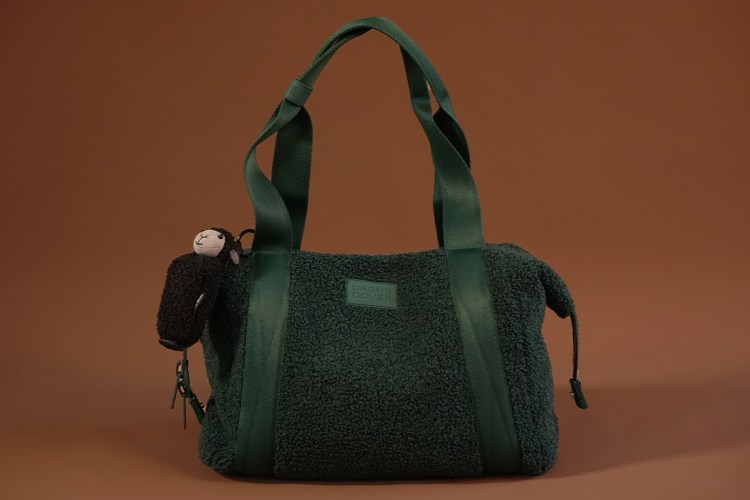I’ll admit that when I first started planning my recent trip to Sardinia, I didn’t have a grasp on how big the island really is. I thought I could stay in the north and make day trips to the south, and vice versa. But after booking accommodations in Costa Smeralda and plugging Cagliari — Sardinia’s capital city — into Google Maps, I realized that three hours each way of navigating notoriously winding roads was not an ideal way to spend a mere 3.5 days on the island.
Honestly, I had no qualms about taking a relaxing coastal vacation. I never feel the need to go-go-go, and Costa Smeralda does boast some of the most beautiful beaches in the world. But I’d also heard many people call it an “oligarch’s playground,” an overly touristy region packed with garish superyachts and restaurants slinging mediocre food to see-and-be-seeners who don’t know any better. But it was mid-October and 75 degrees, so I took it as a sign to soak up one last week of warm-weather diversions before returning to full-blown fall back in New York.
I arrived in Olbia expecting crowds dripping in diamonds, but what I found was something much more unexpected: the kind of peaceful atmosphere that comes one week before everything shuts down for the season. Sure, not everything was open, but it was worth it to have this little stretch of paradise all to ourselves. Here’s how to get the most of Costa Smeralda at the end of the season.

Getting There and Getting Around
The Olbia Costa Smeralda airport has direct flights to and from eight Italian cities and Barcelona. I boarded a plane in Rome and was on the ground about 45 minutes later. Even if you’re staying in one particular area of Costa Smeralda, you’ll still want a car to get around, as things are quite spread out. The airport has plenty of rental companies from which to choose. Also, pick a car you feel comfortable driving. The roads are winding, and a wild boar ran out in front of our car one evening. Luckily we didn’t hit it, but the guy at the rental lot told us about 30% of people return their cars with damage caused by a wild boar.
The Drinking Culture of Italy
From some of the world’s best wine to its most iconic cocktails
Things to See and Do Near Costa Smeralda
Nuraghe La Prisgiona
One of the most intriguing things about Sardinia is its nuraghi, ancient megalithic structures that date back to the Nuragic Age between 1900 and 730 BC. Dating back to pre-Roman times, the Nuragic civilization was the most advanced in the western Mediterranean during this era, and 7,000 nuraghi can still be found across the island today. The biggest and best near Costa Smeralda is the Nuraghe La Prisgiona, a complex that’s crowned by a six-meter-high false dome tower. The remains of about 90 huts have been discovered so far. After exploring La Prisgiona, you can hike a mile (or drive a few minutes) to the giants’ tomb Coddu ‘Ecchju, which is considered one of the most significant examples of Nuragic funerary architecture.
La Maddalena
This archipelago consists of seven main islands (and many smaller ones), and its national park status makes it one of the most stunning places in the area. A quick 15-minute ferry from Palau (you can drive your car onto the boat) will bring you to the charming town of La Maddalena, and from there you can explore everything the islands have to offer. Tour Giuseppe Garibaldi’s home in Caprera, explore the pink sand beach, Spiaggia Rosa, of Budelli and hike the rocky shores of Cala Napoletana.

San Pantaleo
More than one local Sardinian told me that San Pantaleo is different from the neighboring towns in Costa Smeralda, that it’s more low-key and artsy, and that’s exactly the vibe I got when spending a morning there. Yes, the shopping is still expensive, but that’s often because you’ll find fabrics that are hand loomed and embroidered and/or made locally. One of my favorite shops there is Schatzi Gioielli, a beautiful jewelry store with some of the coolest and most creative pieces I’ve seen. After winding in and out of the flower-covered buildings, take a load off at Caffè Nina, a local favorite that serves great snacks, both classic and signature cocktails, and a ton of Italian wines by the glass.

Chiesa di Stella Maris
Designed by architect Michele Busiri Vici in 1966, the Church of Stella Maris overlooks Porto Cervo and is definitely one of the coolest I’ve ever seen. Inside its curvy, white-washed walls, you’ll find all manner of nooks and crannies adorned with things like a holy water font shaped like a giant seashell and a stick figure Jesus that’s as cool as it is creepy.
Olbia
Yes, this is where the airport is, and there’s not a whole lot of other things you’re going to do here. But there are two shops you should absolutely hit on your way either to or from the airport. The first is Sardartis S.r.l., a shop that sells local wares from all over the island, including ceramics, linens and knives. I actually inquired with the concierge at Abi d’Oru (more on that later) about the latter, as I’d read extensively about Sardinia’s knifemaking heritage and was on the hunt for a few of them. She told me she didn’t know of any knifemakers in Costa Smeralda but pointed me to Sardartis, where I was able to procure what I was looking for.

Secondly, don’t leave without stopping at Spazio Conad in Olbia, an Italian grocery store chain that sells everything from local Sardinian delicacies to broader Italian foodstuffs. There I snagged a huge block of pecorino (Sardinia is known for making the cheese), Parmigiano-Reggiano, malloreddus pasta (basically Sardinia’s version of gnocchi) and toketti, crackers made from Sardinian flatbread.
Where to Eat and Drink
It doesn’t get more beachfront than Marco Grill & Bar, where you can literally dine at a table on the sand. The restaurant serves everything from coffee and pastries to seafood fregola — a small, round semolina pasta, similar in shape to Israeli couscous — with pistachios. At Frades La Terrazza, classic Sardinian ingredients are given the modern treatment from chef Roberto Paddeu. Start with pane lentu (a traditional Sardinian flatbread) tacos with red shrimp and avocado, and don’t miss the beef tartare with sea snails, horseradish, marine tomato and puffed rice. You can’t go to Sardinia without having spit-roasted suckling pig, and La Colti Agriturismo serves one of the best around. Opt for the tasting menu, which features local dishes made from ingredients produced on their estate, or book a cooking class to learn more about the cuisine firsthand.
If you want to switch things up from Sardinia cuisine, Pacifico Rosemary serves Nikkei (Japanese-Peruvian) dishes and gorgeous, inventive cocktails. And if you do get into the party mood, Ami Restaurant serves great cocktails alongside live entertainment like bands and DJs.

Where to Stay
The first thing I noticed after walking into Abi d’Oru was the staff’s gorgeous uniforms, created especially for the hotel by Sardinian-native Antonio Marras. It’s these small details and perfect location that make the property such a special place to stay when exploring Costa Smeralda. A lovely breeze passes through the open-air hallways that house the guestrooms, and you’d be remiss not to book one with a terrace to fully enjoy the sea view. The property has three excellent restaurants, which all serve their own signature takes on Sardinian and Italian cuisine. My personal favorite was Marinella, a beachfront restaurant that specializes in seafood (don’t miss the fish tartare trio) and a beautiful tomato risotto. Tzia Maria is also a gem, serving pizza, pasta and excellent steaks. Every evening was spent at the lobby and terrace bar, where you can sip signature libations like the Sardinian Martini (bottarga-infused Botanist gin, Macchia dry vermouth and lemon oil) while listening to live music.

The pool here is awesome, and you should absolutely spend an afternoon there sipping spritzes with Aspide, an aperitivo made with citrus and wild botanicals from Sardinia. But the beach is the crown jewel and the reason you came to this part of the island anyway. Simply laze on the fine white sand, take a dip in the turquoise water or enjoy activities like canoeing and stand-up paddleboarding.

7Pines Resort Sardinia, part of Destination by Hyatt
I geek out a lot about hotel rooms, and this was one of my favorites in recent memory. Though petite on the inside, it was comfortable and modern, adorned with locally-made Cerasarda ceramics. The best part about the rooms are the private terraces, which overlook the bay, so try to snag a room higher on the hill for the best view. We were able to dine at two of the property’s restaurants during our stay (Cone Club, 7Pines’s beachfront restaurant and bar, was closed for the season). Spazio by Franco Pepe serves some of the best pizza in the world (it was a favorite of Jonathan Gold) — do not miss the Magherita Sbagliata, which adds the tomato after the pizza is cooked to preserve its flavor. At Capogiro, chef Pasquale D’Ambrosio employs a zero-kilometer philosophy, meaning everything the restaurant serves is hyper-local. Order the suckling pig with plenty of Sardinian wine.

The beach at 7Pines is small but lovely, with ultra-comfortable cabanas that are perfect for an afternoon siesta. The property also features multiple private coves where you can lounge with more seclusion. The pool is a blast and features a bar with sunken stools so you can enjoy a cocktail in the water (it was far too cold for this activity when I was there, a small price to pay for fewer people splashing around). An open-air gym and tennis courts are also available, and spa amenities like a steam bath, sauna and ice shower are open to all guests, not just those who book treatments.
This article appeared in an InsideHook newsletter. Sign up for free to get more on travel, wellness, style, drinking, and culture.


